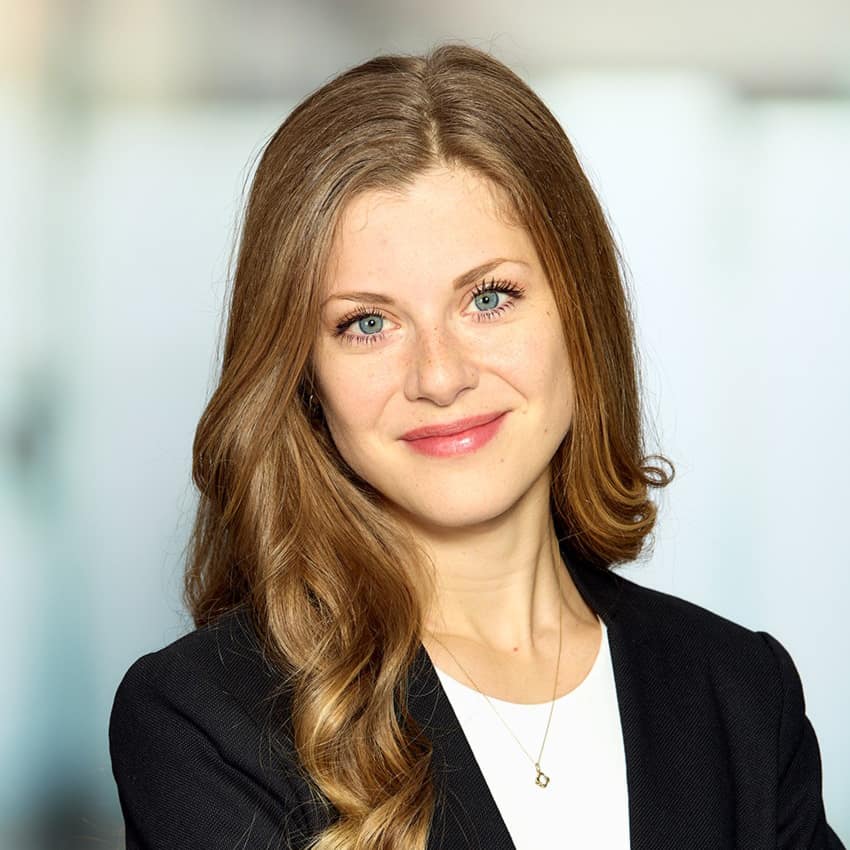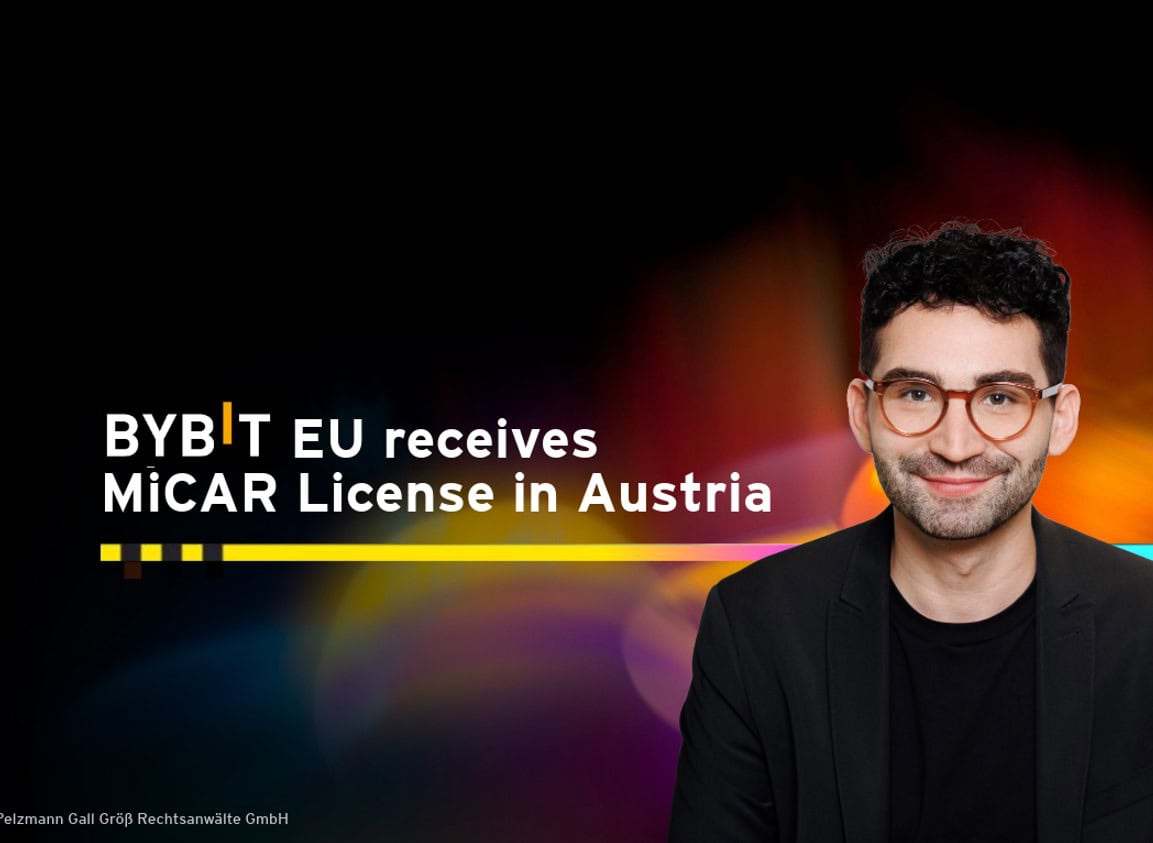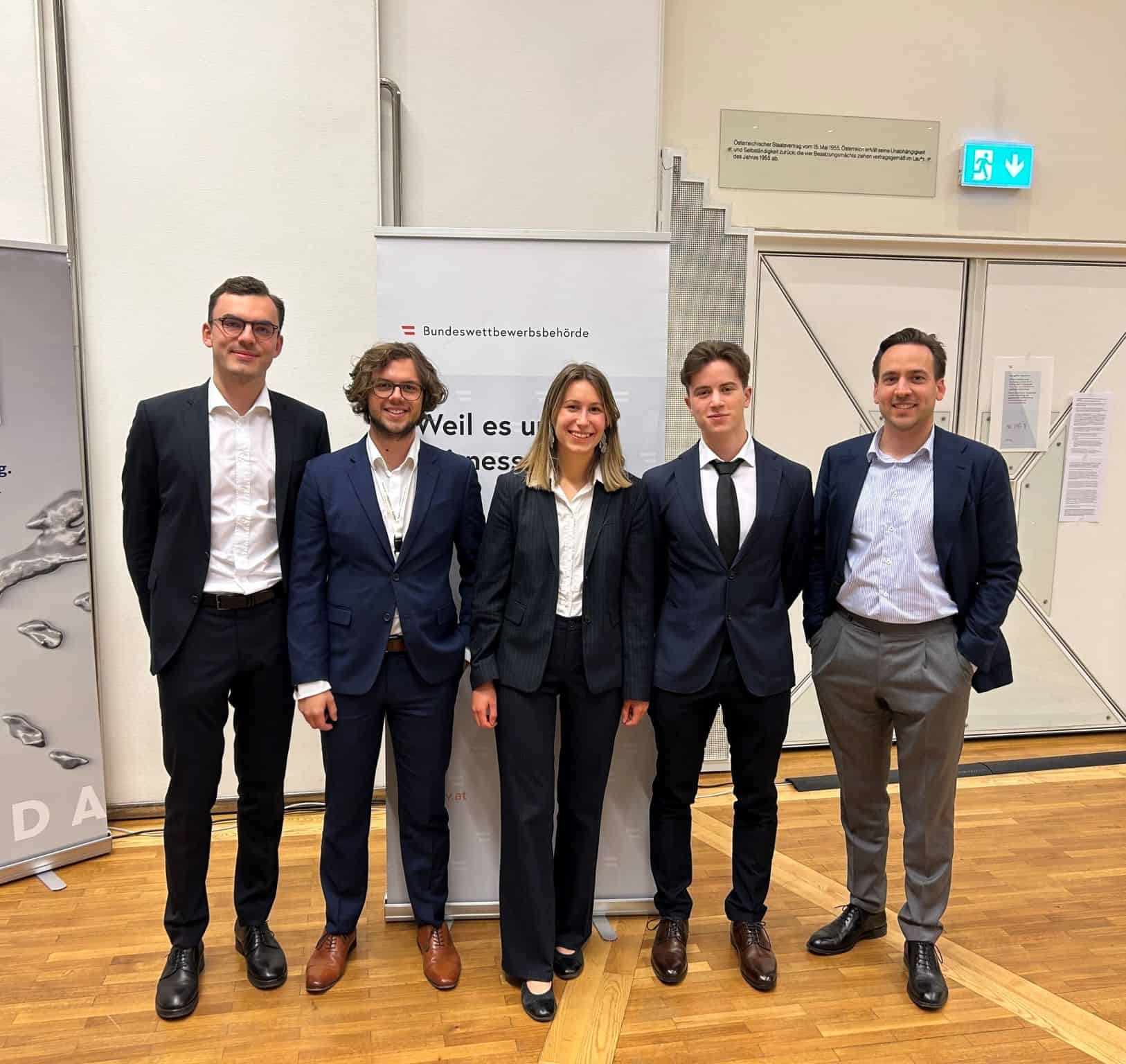Why brand protection should play a significant role for start-ups by our legal experts from the EY Law New Tech Team Martin Hanzl, Elisabeth Kutner and Alexander Glaser.
Start-ups are dedicated to their business around the clock, in-vesting significant resources to develop their product, creating innovative branding, and building a name for themselves. The name and logo are thus usually an important asset of the start-up. However, it is often for-gotten to legally secure these ef-forts (for example, through trademark registrations). This becomes apparent at the latest with the first (larger) round of financing. As a start-up it is therefore important to protect your logos at an early stage. Otherwise, you may be in for unpleasant surprises, for example if competitors or other third parties use “your” logos.
Brand Protection- what’s it all about?
Trademarks are intangible property rights (intellectual property rights). These are property rights in independent intellectual goods which convey the absolute right to exploit the intangible good (the trademark).
Trademark registration – but why?
On the one hand, brands represent the company to the outside world and ensure recognition among potential customers. On the other hand, brand protection provides information about the business value and brand value associated with the company. Brand protection for start-ups secures long-term advantages, for example in competition, offers advertising advantages, provides legal certainty and, ultimately, should not be underestimated for further capital procurement.
Trademark protection in Austria – what’s the point?
Start-ups’ brands are their figureheads. They represent the institution behind them, the goodwill, and the associated brand value. In many cases, even a quick glance at a cer-tain logo (e.g., three stripes of Adidas) expresses exactly which brand and which com-pany one is dealing with. This recognition value should be turned into an advantage and thus be adequately protected.
In this context, brands often fulfil an origin function, a labelling and distinguishing func-tion, a trust and quality function as well as an advertising and defense function.
What can be protected?
- Trademarks can be signs of all kinds. This includes words, images, colors, shapes, or even sounds. The signs must be capable of distinguishing the goods and services of one undertaking from those of other undertakings and, moreo-ver, must be capable of being represented in a form such that the subject matter and protection can be clearly determined.
- For registration, it is necessary that the subject matter of protection can be clearly determined. In this sense, it must be possible to represent the sign unambiguously, precisely, and easily accessible, so that it is clear to anyone for which subject matter protection is granted.
- Furthermore, a sign needs to be distinctive to be registrable. The overall impression must always be assessed; it is important that the trademark and the goods and services associated with it can be distinguished from other trademarks of other companies. Distinctiveness is generated, inter alia, by fancy words or striking figurative elements. In any case, there is no distinctive character in the case of purely descriptive signs (such as an application for a sign Nero for the goods tea/coffee or APO 4 U for pharmaceutical goods and services) or common designation of goods or services.
- You can also choose from a range of possible brand types, an extract of which can be found in the table below:
Word Trademark Consists of letters/numbers/other characters, Wide scope of protection (protection in any font, spelling) Example: METRO
Figurative Trademark Graphic Representation without word elements Example: Mercedes-Stern

Word-Figurative-Trademark Combination of word and image Example: Coca-Cola

Sound Trademark Audio files, notes, tone or sound or a tone or sound sequence Example: UEFA Champions-League Intro
Shape Trademark Shape of a product, three dimensional design Example: Michelin Figure
What should therefore be protected by start-ups under trademark law in any case?
A start-up’s company name, domain names, logos or even the products and services that are sold by the start-up.
Trademark protection – what’s the point?
- A registered trademark benefits from special protection. A trademark owner can prohibit third parties from using signs that are similar to their trademark. The sign may cause a likelihood of confusion with the specific trademark in terms of graphics, sound, or content.
- Through trademark protection start-ups are also well protected against imita-tors. A trademark owner may obtain legal protection by means of no-fault claims, such as the right to a third party to cease and desist from using the trademark, the removal of the trademark from commercial use or the payment of an appropriate fee. Furthermore, a trademark proprietor can defend themself against the use of the protected trademark through fault by means of damages.
- Start-ups can gain a huge competitive advantage through their brands, as the value of brands also increases with the valuation of start-ups. In the case of product diversification, customers can also recognize the new product by the brand, which allows the start-up to gain a larger market share.
- Brand protection can also be a key criterion for fundraising, as investors are also aware of the importance of brand rights.
Step by step to your own brand
- National trademarks are filed with the Austrian Patent Office (ÖPA).

- It is also possible to protect your brand as an EU trademark. The application is filed with the European Union Intellectual Property Office (EUIPO).

- Based on your national trademark at the ÖPA or your EU trademark at the EUIPO, it is also possible to apply for an international trademark at the WIPO (= World Intellectual Property Organization). The international trademark application requires a basic trademark from which protection can be obtained in the respective other jurisdictions.
National or Union trademark?
In addition to filing a national trademark application with the Austrian Patent Office, you can also file your application with the EUIPO. In this way, a start-up can secure a uniform trademark that is valid throughout Europe. The advantage of an EU trademark is clearly the extended scope of protection and the comparatively low costs (EUR 850.00 for a basic application with protection in 26 Member States). By registering your trademark, you can use it throughout the entire internal market and protect it against unauthorized use.
Which type of trademark and which scope of protection you should choose depends, of course, on your individual needs and preferences. We are happy to support you in choosing the “right” trademark.
Your contact for trademark and brand questions
Our EY Law NewTech team will be happy to discuss your project and help identify and implement your needs to ensure you maximize your brand protection benefits and opportunities! Please feel free to send your enquiries to trademarks@eylaw.at

Dr. Martin Hanzl, LL.M. (IT Law), MSc (WU) Head of New Tech | Attorney at law

Elisabeth Kutner, LL.M. Associate at the New Tech Team of EY Law Austria

Mag. Alexander Glaser Associate at the EY Law New Tech Team
.
- More details on our legal services on Digital Law/ Tokenisation & FinTechs
- Study: Krypto, NFT, DeFi & Metaverse in Austria (German)
- New Start-Up Paket: FlexCo und Mitarbeiterbeteiligung (German)
- .




